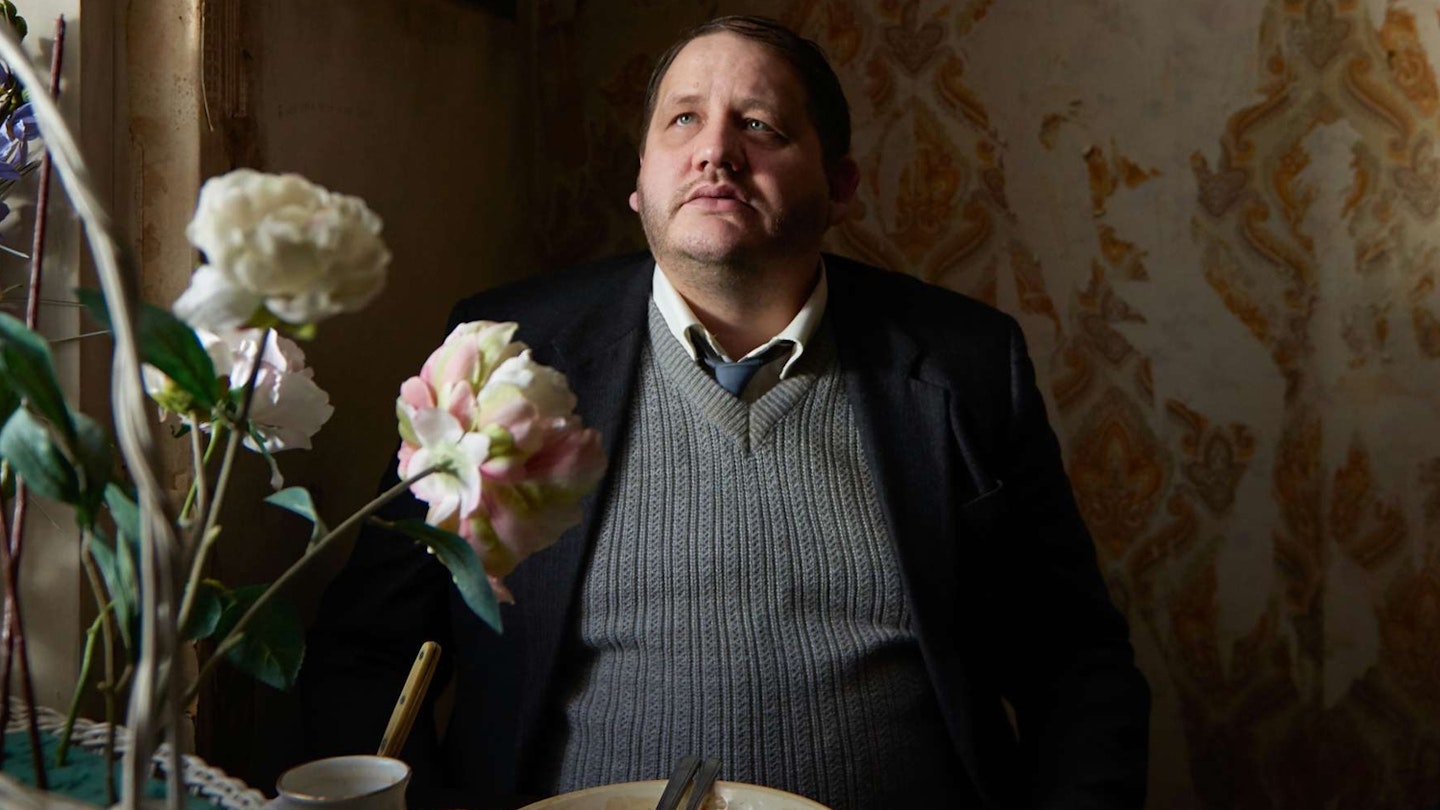Ray & Liz is stark, raw and memorable – working class life as told from the inside. Powerful, singular and representing a strand of British cinema that will never make the podium at the Kodak theatre come Oscar night, Turner prize nominee Richard Billingham’s feature debut has little truck with conventional ideas of story, but captures a time, a mood, and a lifestyle that homegrown movies very rarely bother with.

Expanding his series of photos of his family (alcoholic dad Ray, chainsmoking mum Liz), Billingham sets his stall out from the start. We meet Ray (Patrick Romer) as an old man, stuck in his council flat listening to Radio 4, drinking moonshine supplied by his mate and left alone with his memories. The sense of claustrophobia — cue close-ups of flies crawling across a bedspread — and the suggestion of a life not being lived is tangible.
A textured, tough, but very human portrait of impoverished lives.
When we do flashback to earlier times, they are hardly happier. Ray (Justin Salinger) is married to chain-smoking tattooed Liz (a terrific Ella Smith) and take their ten-year-old Richard (Jacob Tuton) shopping. This leaves their two-year-old son Jason (Callum Slater) in the care of Ray’s mentally disabled brother Lol (Tony Way) who himself is taunted by psychopathic logic Will (Sam Gittins). It’s an unflinching exercise in manipulation and abuse, perfectly played and as unnerving and uncomfortable as any Blumhouse film.
The third strand is like The 400 Blows in miniature as it picks up with the infant Jason, now played by the excellent Joshua Millard-Lloyd. Left to his own devices, Jason makes (disgusting looking) pickle sandwiches, watches Z-grade horror on TV, and wanders around on his own looking at giraffes at the local zoo. In a film full of toughness, it has an epiphany of warmth in Millard-Lloyd’s reaction to a hug from a friend’s mother — in a single moment it suggests a lifetime of affection that he has been denied.
More early Terence Davies/Andrea Arnold than Loachian political polemic, the film is shot in a boxed-in Academy ratio on 16mm that echoes Billingham’s work as a photographer, but also adds another level of entrapment to the character’s lives. The result is a textured, tough, but very human portrait of impoverished lives that also displays a level of ‘80s ephemera that puts Stranger Things to shame; B&H (check), orange grill fires (check), 10ps for the payphone (check), Musical Youth (check) and newfangled cassette recorders (check).
